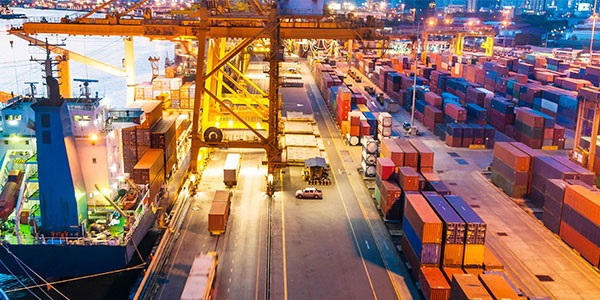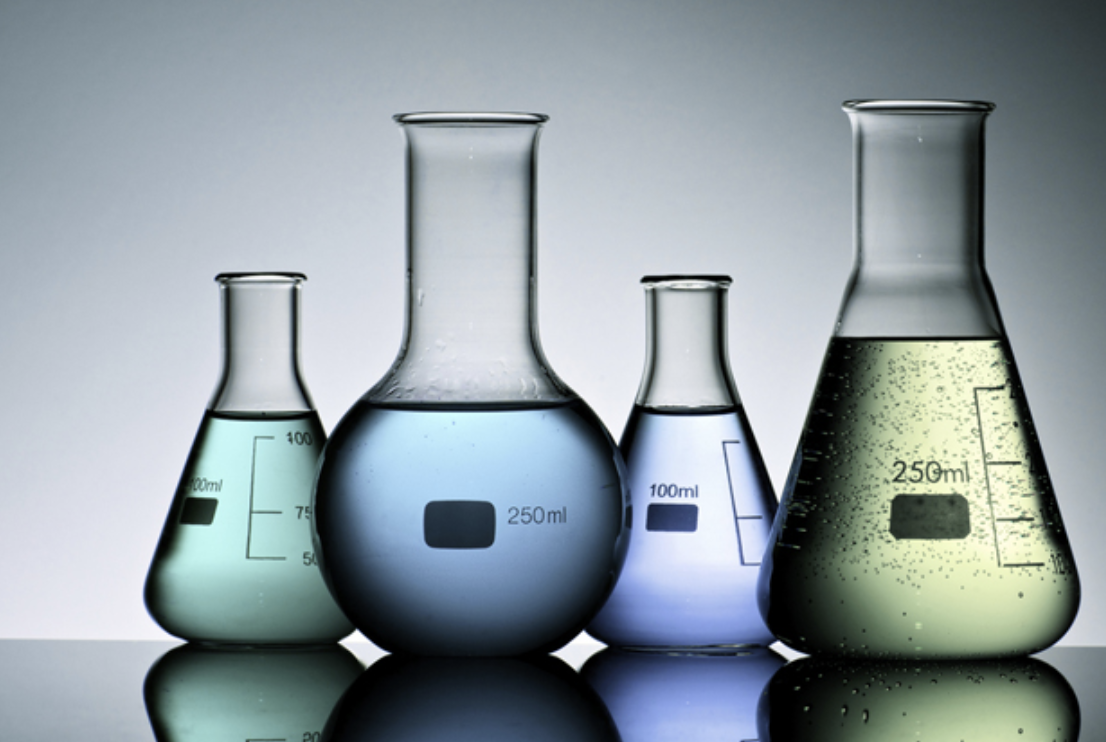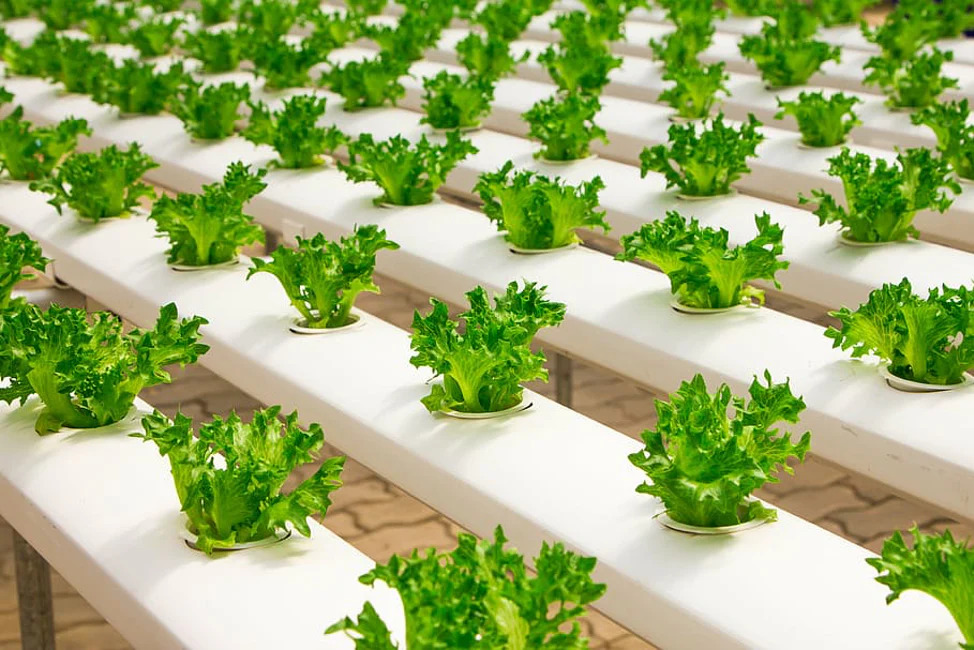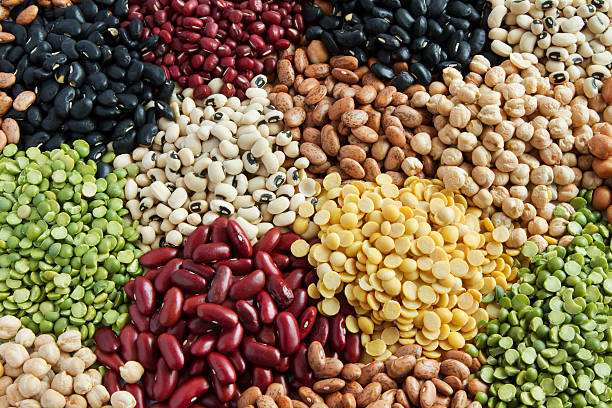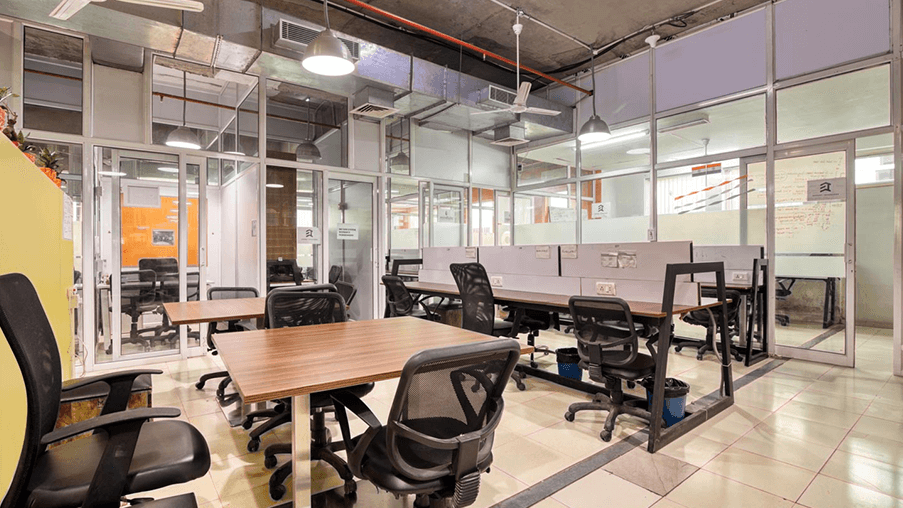Global Hydroponics market size was USD 28.62 billion in 2023 and the market is projected to touch USD 61.79 billion by 2032, at a CAGR of 8.93% during the forecast period. Hydroponics is the cultivation of plants in nutrient-rich water solutions, which deliver critical minerals directly to the roots. This technology eliminates the requirement for traditional soil-based farming, providing several advantages such as increased yields, more effective water use, and space optimization. The market’s expansion is being driven by rising population, diminishing arable land, and increased demand for fresh products year-round. Furthermore, hydroponics allows for growing in urban areas and difficult climates, which helps to ensure long-term food production. As technology progresses, hydroponic systems become more accessible and economical, appealing to both commercial farmers and hobbyists. The hydroponics market is expected to grow significantly in the future years, thanks to continued advancements and government programs promoting agricultural sustainability.
Global Hydroponics dynamics
The growing awareness of food security and sustainability is accelerating the development of hydroponic farming systems. With a growing global population and limited arable land, hydroponics provides a solution for producing high-quality crops efficiently and responsibly. Furthermore, increased demand for locally grown, pesticide-free produce is propelling the growth of hydroponic systems, particularly in urban areas where consumers value fresh, healthful food.
Furthermore, technological improvements have a significant impact on the hydroponics market dynamics. Innovations in hydroponic systems, including as vertical farming and computerized control systems, enhance efficiency, production, and scalability. These technological advancements are attracting investment from both established agricultural companies and start-ups, driving further innovation and market growth.
Furthermore, favourable government regulations and initiatives are fostering the growth of the hydroponics business. Governments are increasingly realizing the value of sustainable agriculture and offering incentives and subsidies to encourage the use of hydroponic farming methods. These policies, combined with increasing consumer demand and technology improvements, are fostering the growth of the worldwide hydroponics industry. As a result, the market is likely to continue rising quickly in the next years, providing considerable possibilities for stakeholders across the entire chain.
Global Hydroponics drivers
Growing Demand for Fresh, Locally Grown Produce
The growing customer preference for fresh, locally sourced fruits and vegetables is a significant driver of the hydroponics sector. Consumers are increasingly concerned about the origin and quality of their food, looking for alternatives to mass-produced, typically imported produce. Hydroponic farming allows for the production of high-quality crops in controlled conditions closer to urban areas, lowering transportation costs and carbon emissions associated with long-distance food delivery. As a result, hydroponic producers can provide the need for fresh fruit year-round, independent of seasonal limits, supporting industry expansion.
Complete Research report : https://organicmarketresearch.com/global-hydroponics-market
Technological Advancements in Hydroponic Systems
Continuous advancements in hydroponic technology are propelling market expansion by improving efficiency, productivity, and scalable. Advanced hydroponic systems include features like automated nutrient delivery, climate control, and data analytics to optimize plant growth and resource usage. Vertical farming, in particular, is gaining popularity since it increases crop yields per unit area, making it perfect for urban situations with limited space. Furthermore, the combination of Internet of Things (IoT) and artificial intelligence (AI) technology allows for real-time monitoring and control of hydroponic systems, lowering labor costs and reducing the risk of crop failure. These technical improvements are attracting investment from both existing agricultural enterprises and start-ups, spurring more innovation and market expansion.
- Restraints:
High Initial Investment Costs
One of the primary restraints for the hydroponics market is the relatively high initial investment required to set up hydroponic farming operations. The cost of infrastructure, including hydroponic systems, lighting, climate control equipment, and nutrient solutions, can be significant, particularly for large-scale commercial operations. Additionally, the need for skilled labor and specialized knowledge further adds to the initial investment burden. As a result, the high upfront costs may deter potential investors and growers, especially in regions with limited access to financing or support infrastructure.
Regulatory Challenges and Uncertainties
Regulatory difficulties and uncertainty hinder the hydroponics market’s growth. The legislative framework governing hydroponic farming operations varies greatly by location and country, resulting in variations in licensing, certification, and quality requirements. A lack of defined regulatory frameworks can create barriers to market access, stymie expansion efforts, and raise compliance expenses for hydroponic farmers. Furthermore, the classification of hydroponically cultivated fruit for organic certification is a sensitive issue, with varying perspectives among stakeholders and regulatory organizations. Uncertainties about organic certification can hinder market access and consumer acceptability, especially in categories where organic labeling is an important selling factor.
- Opportunities:
Rising Focus on Urban Agriculture and Food Security
The increased focus on urban agriculture and food security opens up substantial prospects for the hydroponics business. Rapid urbanization and population expansion are boosting demand for fresh produce in urban areas, prompting the adoption of hydroponic farming as a long-term solution to meet local food needs. Hydroponic systems have the advantage of requiring little room for cultivation, making them ideal for metropolitan areas with limited land. By creating vertical farms and rooftop gardens, hydroponic producers may leverage on urban agriculture trends, offering fresh, locally grown produce to urban consumers while minimizing food miles and the carbon imprint.
- Segment Overview
The hydroponics market includes a variety of growing technologies, such as aggregate systems, ebb and flow systems, drip systems, wick systems, liquid systems, deep water culture, nutrient film technique (NFT), and aeroponics. Aggregate systems grow plants in inert materials such as perlite or gravel, whereas Ebb & Flow systems periodically flood and drain plant roots. Drip systems supply nutrient solutions directly to plant roots via a network of tubes, whereas wick systems use capillary action to transport nutrients to plants. Liquid systems suspend plant roots in nutrient-rich liquids, whereas Deep Water Culture involves floating plant roots in aerated nutrient solutions. Nutrient Film Technique (NFT) utilizes a thin film of nutrient solution flowing over plant roots, and Aeroponics involves misting plant roots with nutrient solutions. Each method offers unique advantages and is suited to different crops and growing conditions.
The hydroponics market also includes various equipment essential for efficient cultivation, such as HVAC systems for climate control, LED grow lights for artificial lighting, control systems for monitoring and automation, irrigation systems for delivering nutrient solutions, and material handling equipment for managing crops. These equipment categories play crucial roles in optimizing plant growth conditions, maximizing yields, and ensuring the success of hydroponic operations.
Inputs in the hydroponics market primarily consist of nutrients and growth media. Nutrients are essential for providing plants with the necessary minerals and elements for growth, while growth media serve as the substrate for plant roots and support their structure. Nutrient solutions are carefully formulated to meet plant requirements, while growth media like coco coir, rockwool, or perlite provide support and aeration for roots to thrive.
Global Hydroponics Overview by Region
North America dominates the market due to widespread adoption of new agriculture technologies, increased investment in vertical farming, and rising customer demand for locally grown, pesticide-free products. Europe follows closely, spurred by tough legislation promoting sustainable agriculture, increased urbanization, and the need to reduce food miles. Asia Pacific is experiencing rapid growth, spurred by population growth, diminishing arable land, and government measures to improve food security through novel farming techniques. In Latin America, favourable climatic conditions, government support for agricultural diversification, and the rise of urban farming all help to drive market growth. Water scarcity, an increasing emphasis on food self-sufficiency, and investments in controlled environment agriculture are all driving an increase in hydroponic farming throughout the Middle East and Africa.
Global Hydroponics market competitive landscape
Signify (previously Philips Lighting), Argus Control Systems Ltd., and Heliospectra AB are key market participants in hydroponic systems and equipment, specializing in LED grow lights, temperature control systems, and automation solutions, respectively. Growers Supply, Logiqs, and Priva Holding BV also provide a comprehensive range of greenhouse and controlled environment agriculture equipment and services, such as hydroponic systems and material handling equipment.
Furthermore, the market is witnessing the growth of vertical farming firms like Plenty, AeroFarms, and Bowery Farming, which uses hydroponic and aeroponic systems to grow vegetables indoors vertically. These companies leverage advanced technologies, data analytics, and automation to optimize growing conditions, increase yields, and minimize environmental impact. Furthermore, the hydroponics market is characterized by collaborations and partnerships between technology providers, agricultural companies, and research institutions to develop innovative solutions and expand market reach.
Global Hydroponics Recent Developments
- In January 2022, Hydrobuilder Holdings LLC, a global retailer specializing in agriculture and hydroponics equipment and supplies, announced its acquisition of New England Hydroponics. This move is anticipated to bolster the company’s global market presence, solidifying its position in the industry.
- In May 2023, AeroFarms forged a strategic partnership with Amazon Fresh, expanding its reach across online platforms and physical Amazon retail stores. This collaboration is poised to amplify AeroFarms’ product visibility, leveraging Amazon Fresh’s extensive customer base and distribution network to drive significant promotion of AeroFarms’ offerings.
Contact Us:
Mob : +91 9319642100
Noida One Tower Sec 62 Noida 201301
Sales : sales@organicmarketresearch.com
Website : https://www.organicmarketresearch.com

